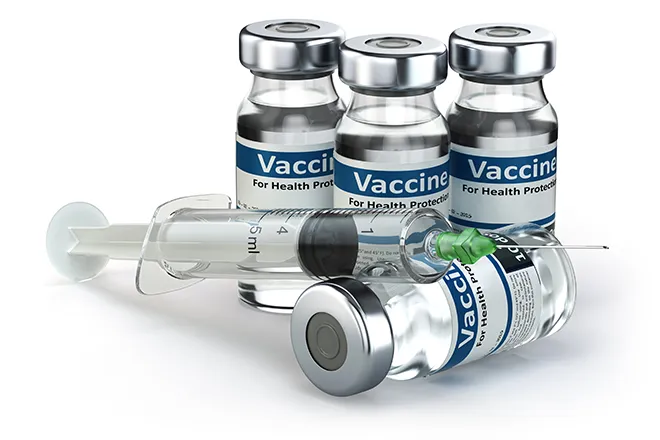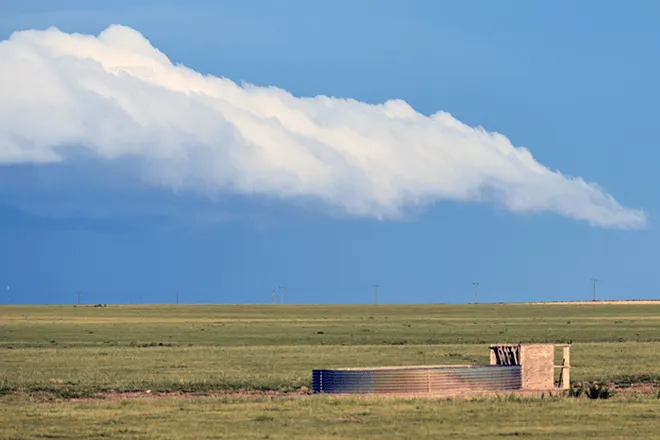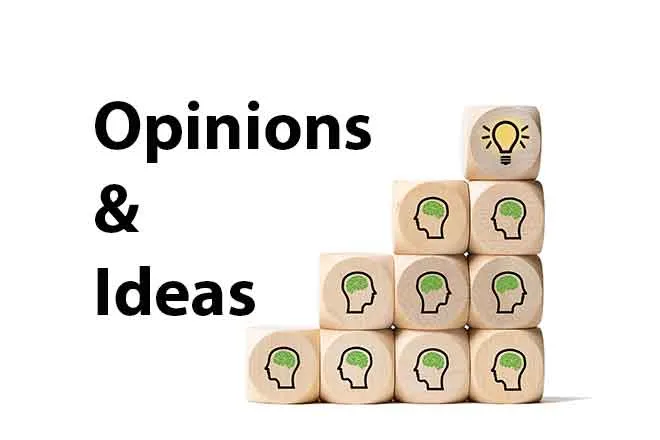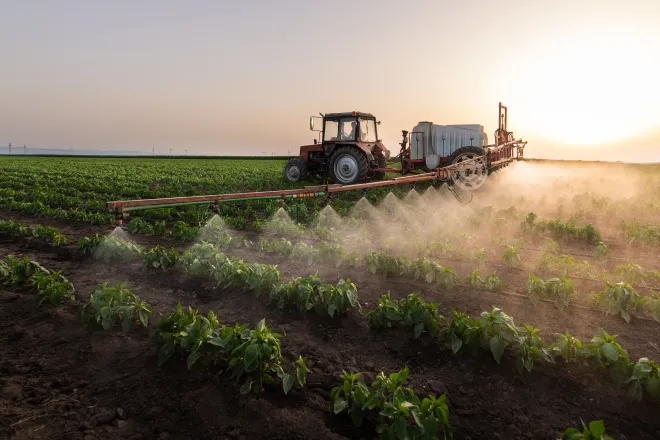
Newest COVID-19 model indicates Colorado will hit a record number of hospitalizations from the pandemic within two weeks
The Colorado Department of Public Health and Environment (CDPHE) and the Colorado School of Public Health released an updated modeling report showing that hospitalizations from SARS-CoV-2, the virus that causes COVID-19 infections, continue to increase rapidly across the state.
On the current epidemic curve, Colorado will likely exceed the April peak in hospitalizations within two weeks. If the epidemic curve is not bent, Colorado could surpass intensive care unit (ICU) capacity in January. If contacts increase over the holidays (for example, due to gatherings between multiple households), ICU capacity could be exceeded in December. As announced by the state last week, gatherings should be limited to no more than 10 people from a maximum of two households.
“There is a small window to improve transmission control over the next few weeks,” said Dr. Jonathan Samet, dean of the Colorado School of Public Health. “To limit increasing infections and avoid peaks that could strain healthcare capacity over the next three months, a substantial increase in transmission control is needed.”
The latest modeling provides projections based on COVID-19 hospital census data through October 26, 2020. The models are based on Colorado data and assumptions based on the current state of the science.
Key findings from the report:
- Hospitalizations continue to rapidly increase. On the current trajectory of the epidemic curve, Colorado will probably hit its highest number of hospitalizations due to COVID-19 by November 10, and the limits of ICU capacity may be reached in early to mid-January. If infections increase over the holidays because of gatherings and other reasons for increased contacts among people, ICU capacity could be exceeded in December.
- The effective reproductive number is approximately 1.6 (with statistical uncertainty ranging from 1.47 to 1.70 at the 95% confidence level).
- Approximately 1 in 219 Coloradans are currently infectious (compared to 1 in 292 last week). This implies that the probability of encountering an infected person in the population is higher than it was at any point this summer. This estimate is generated from the model and assumes that not all infectious residents are captured by state surveillance systems.
- The estimated level of transmission control is currently 65% (for the period of September 28-October 13). Transmission control levels under about 79% will lead to increasing infections and an effective reproductive number greater than 1; and if contact rates are reduced and transmission control is above 79%, infections will decrease.
- Using an extended modeling approach based on case data, the modeling team estimates transmission control varies significantly by age group, with significant decreases in control levels among all ages over the last month. Individuals aged 20-39 have the highest infectious contact rates (transmission control = 60%), and contact rates have increased among individuals over 65 over recent weeks (transmission control = 76%).
The Colorado School of Public Health (ColoradoSPH) assembled the expert group that works with the state on modeling projections. The group includes modeling scientists at the ColoradoSPH and the University of Colorado School of Medicine at the CU Anschutz Medical Campus, as well as experts from the University of Colorado Boulder, University of Colorado Denver, and Colorado State University.
All previous modeling reports are available on the Colorado School of Public Health’s COVID-19 website.
The Colorado modeling team began using a new “transmission control” indicator in mid-October to describe the collective impact of all policies and behaviors on the spread of SARS-CoV-2. Transmission control captures ALL behavioral and policy changes in response to the SARS-CoV-2 pandemic including mask wearing, physical distancing, improved ventilation, working from home, contact tracing (including both isolation and quarantine), moving activities outside, and any seasonal impact. This approach has the advantage of requiring fewer assumptions and increasing accuracy for the Colorado model. In technical terms, the transmission control parameter describes the percent decrease in effective contacts between infected and susceptible individuals compared to pre-pandemic behavior.
The state will continue to review data and model findings as the pandemic continues to inform policy decisions.
CDPHE updates state statistics and information daily at covid19.colorado.gov.

















